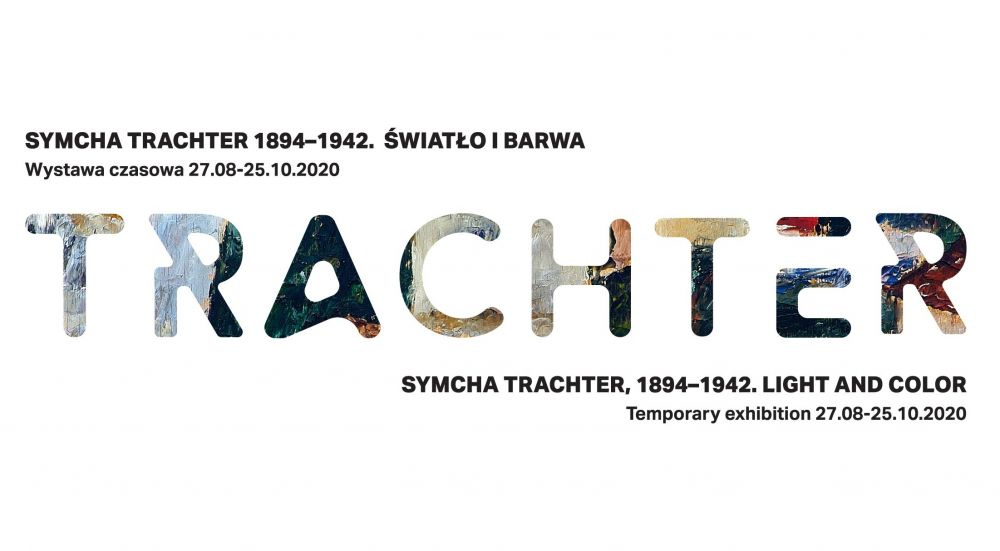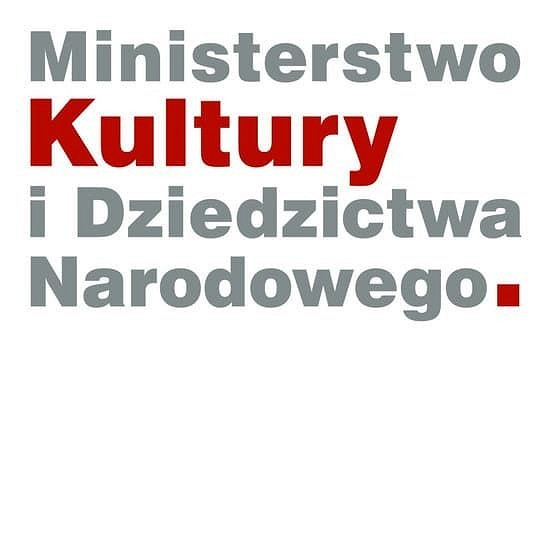- News
- Events
- Oneg Shabbat
- Collections
- Research
- Exhibitions
- Education
- Publishing Department
- Genealogy
- About the Institute
- Bookstore


Symcha Trachter, 1894–1942. Light and Color exhibition sums up two years of research into the life and work of one of the outstanding Polish painters of the interwar period, who was murdered in the Treblinka II extermination camp. After the 1930 exhibition at the Jewish Society for the Advancement of Fine Arts, it is the second such extensive presentation of the artist’s oeuvre.
The authors of the exhibition look at Trachter’s work and life through the prism of the places where the artist worked and which shaped his personality and work. The most important of them was Lublin, his place of birth. There, Trachter took his first steps as a painter, there he shaped and developed his career. To Lublin he returned after his European journeys. Trachter studied in Warsaw, Krakow, Vienna and Paris. He participated in many plein-airs and exhibitions in Kazimierz Dolny. His paintings, especially from the 1930s, have an original, highly expressive style.
A separate theme, which has been strongly emphasized in the exhibition, is Trachter’s work in the Warsaw Ghetto, and in particular his last and unique work, the wall painting Job in the reception hall in Main Building of the Jewish Community at Grzybowska 26/28 street, which during the war became the seat of the Judenrat. This polychrome has not survived and is known only from descriptions. Invited to cooperate on this part of the exhibition, the artist Agnieszka Mastalerz prepared a work entitled Uz referring to the Old Testament name of the land from which Job was supposed to come. It is a projection of over a dozen double echograms made in the walls of the conference room of a modern hotel at Grzybowska street. The selected hotel is located near the place where the Judenrat was located until August 1942.
The exhibition Symcha Trachter 1894–1942. Light and color is a unique opportunity to trace the evolution of the painter’s style and technique. Importantly, the authors of the exhibition recreated the artist’s biography, hitherto known only in fragments.
We present over 40 works from the collections of the Jewish Historical Institute, The Lublin Museum in Lublin, The Hieronim Łopaciński Provincial Public Library in Lublin and The Vistula Museum in Kazimierz Dolny, including Trachter’s paintings and letters, as well as photos of Lublin taken by his friend Wiktor Ziółkowski.
The exhibition is accompanied by the book Symcha Trachter. Malarz z Lublina [Symcha Trachter. Painter from Lublin], edited by art historian Jakub Bendkowski. The book contains high-quality reproductions of the artist’s works and essays on his life and work, the artistic milieus of Lublin and Kazimierz Dolny, a timeline of the painter’s life and excerpts from his letters. The publication is financed by the Ministry of Culture and National Heritage as part of the commemoration of the 80th anniversary of the closing of the Warsaw Ghetto.
Temporary exhibition: 27.08–25.10.2020
Curator: Jakub Bendkowski
Set design: Aneta Faner
Set production: Kontra. Pracownia plastyczna
Conservation care: Violetta Bachur
The objects presented at the exhibition were lent by: The Lublin Museum, Lublin, The Hieronim Łopaciński Provincial Public Library in Lublin and The Vistula Museum in Kazimierz Dolny

The exhibition is financed by Iceland, Liechtenstein and Norway from the EEA Grants and the national budget

Special thanks to Radisson Collection Hotel, Warsaw and dr hab. Radosław Mieszkowski from the Faculty of Geology, University of Warsaw for help in the preparation of echograms by Agnieszka Mastalerz.